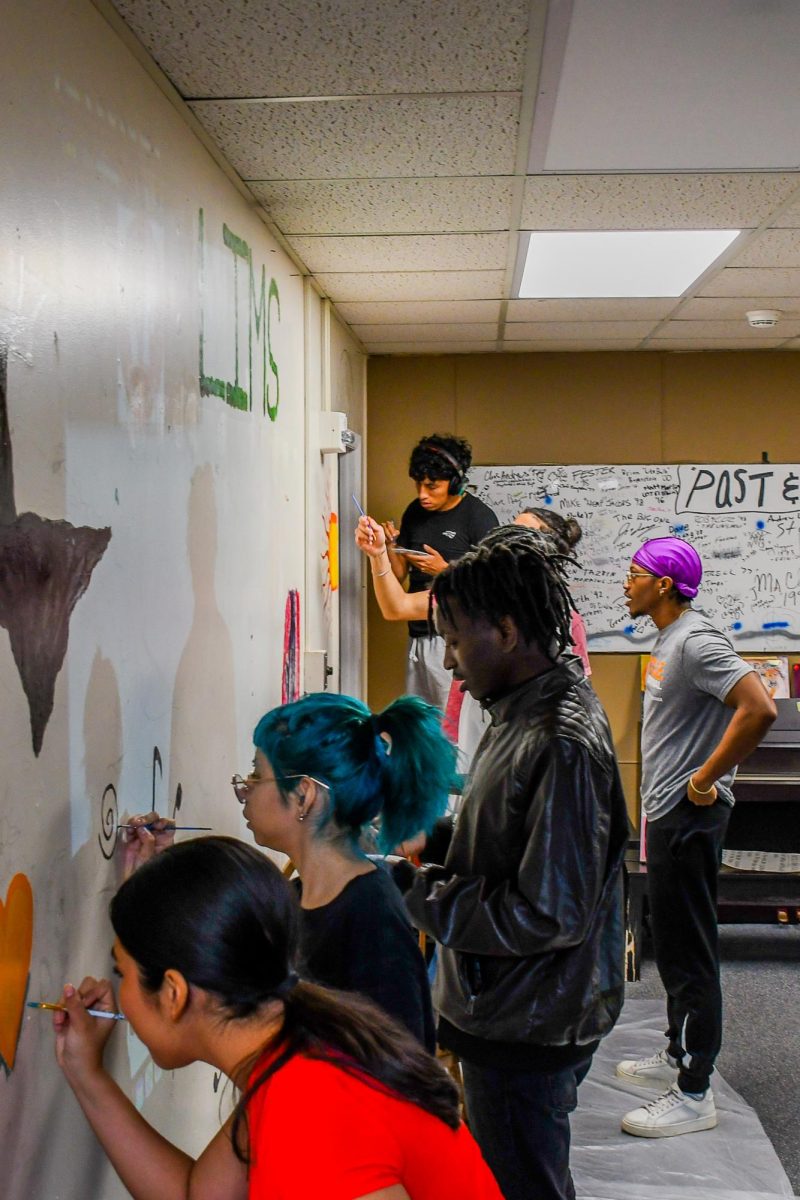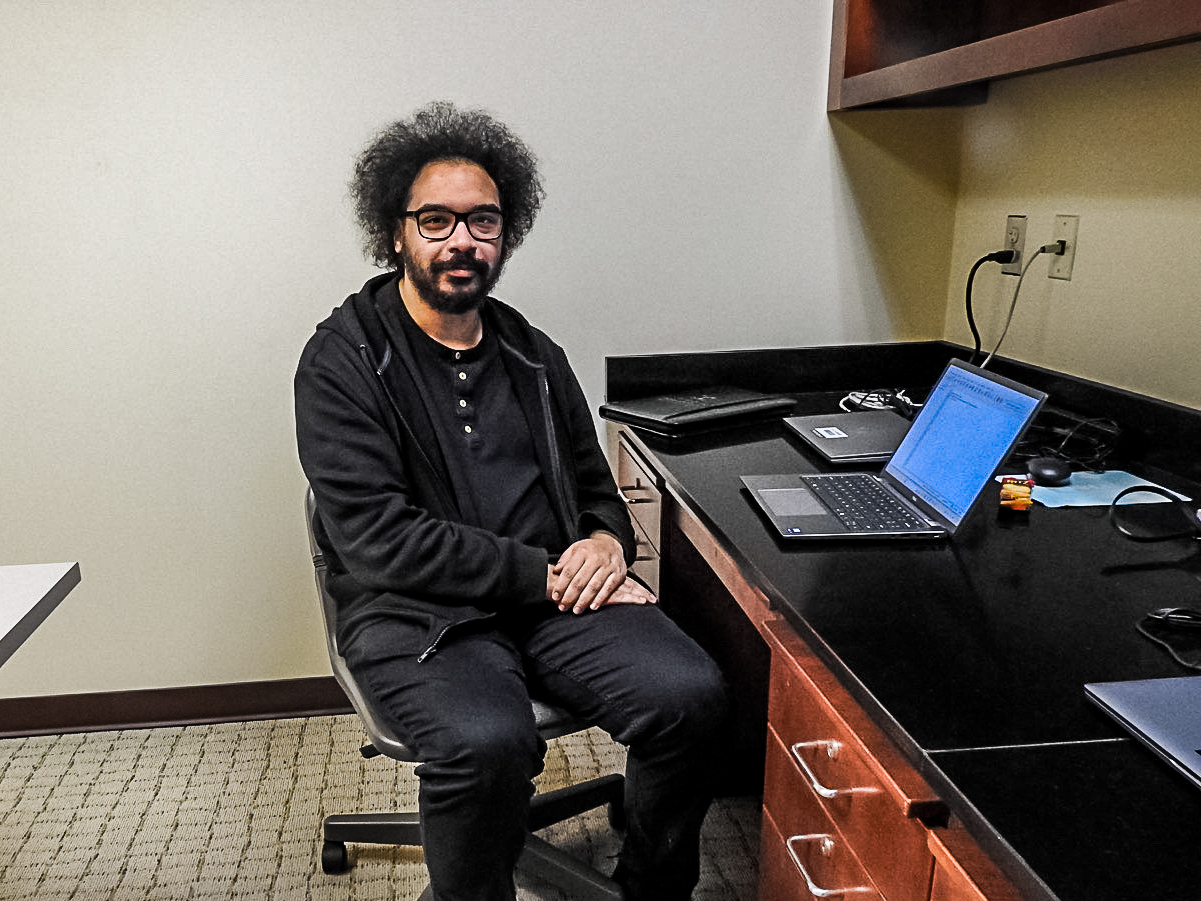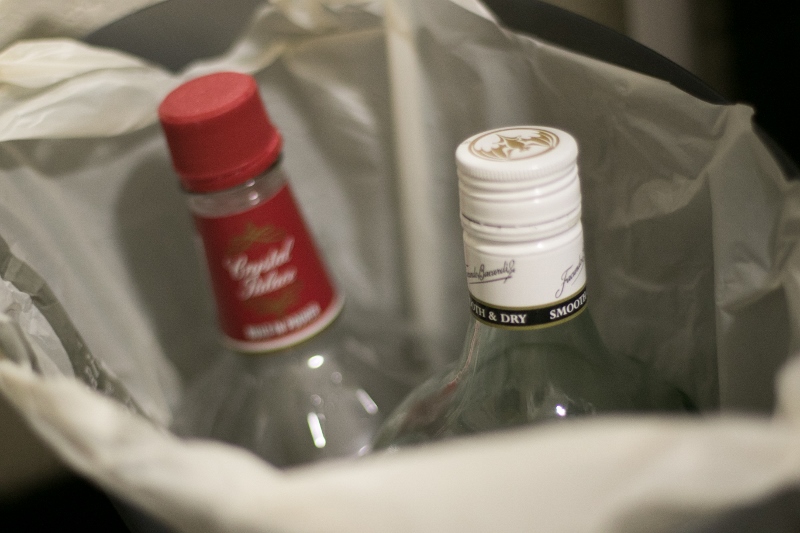A survey was sent out to students for the first time since 2013 to address the drinking and drug culture on Lafayette’s campus.
While the survey was administered by an outside research center, called the CORE Institute, Dean of Students Paul J. McLoughlin II, wrote in an email to the campus community that it is intended to gauge student input on “alcohol and other drugs policies and how they are enforced” at the college.
According to McLoughlin’s email, the survey will provide data that will inform the decisions that the Alcohol and Other Drugs Standing Committee (AODSC) and the Lafayette Drug and Alcohol Peer Advisors (LDAPAs) will make about educating students, providing outreach and programming social events.
The survey, which has 40 questions, asked not only about alcohol use, but also about other drugs like marijuana, cocaine, amphetamines (diet pills or speed,) sedatives, hallucinogens (LSD), opiates (heroin), inhalants, designer drugs (ecstasy), steroids and tobacco. It asked about levels of consumption for each substance in the last month and year and the average amount consumed in a week.
The survey also asked about whether alcohol and drugs had any effect on school performance, as well as whether or not alcohol plays a central part in social life on campus.
According to McLoughlin, the survey will help narrow the focus about which drugs need to be addressed on campus.
“I’m not going to spend a lot of time talking about a certain drug if I don’t see that in the population,” McLoughlin said.
Vice President for Campus Life Annette Diorio wrote in an email that the data from the survey is important in helping to shape a “comprehensive” approach to drug and alcohol policies and programming on campus.
“We recognize that not every program we put in place will be effective and that some achieve the highest levels of effectiveness in tandem with other programs” she wrote.
After the last survey results came out in 2013, the AODSC rolled out a strategic plan to respond to drinking culture on Lafayette’s campus. The plan included four pillars: policies that were clear and articulated; education during first year orientation, and a follow up session during the fall semester; outreach to parents, faculty and alumni; and creating social events for students that are alcohol free. LDAPAs were also created to help promote a culture of responsible drinking.
According to Co-President of LDAPA Ryan Semendinger ‘16, these policies have worked for him and his friends.
“I’ve personally seen a more social approach to drinking in my own friend circles over the past few years,” Semendinger said, adding that he is not sure “whether that’s just a part of becoming an upperclassman, or a conscious decision to make better choices while drinking.”



































































































